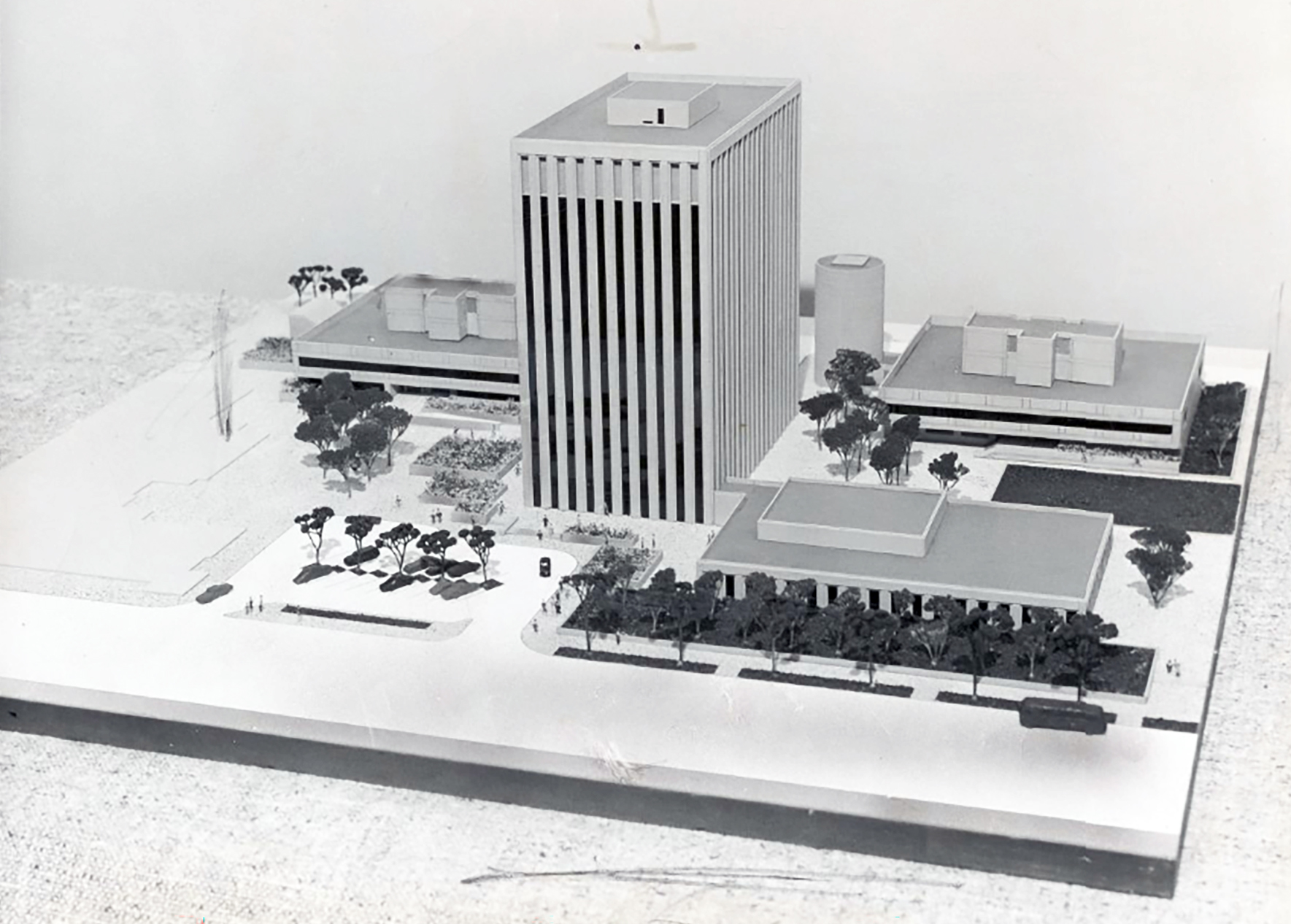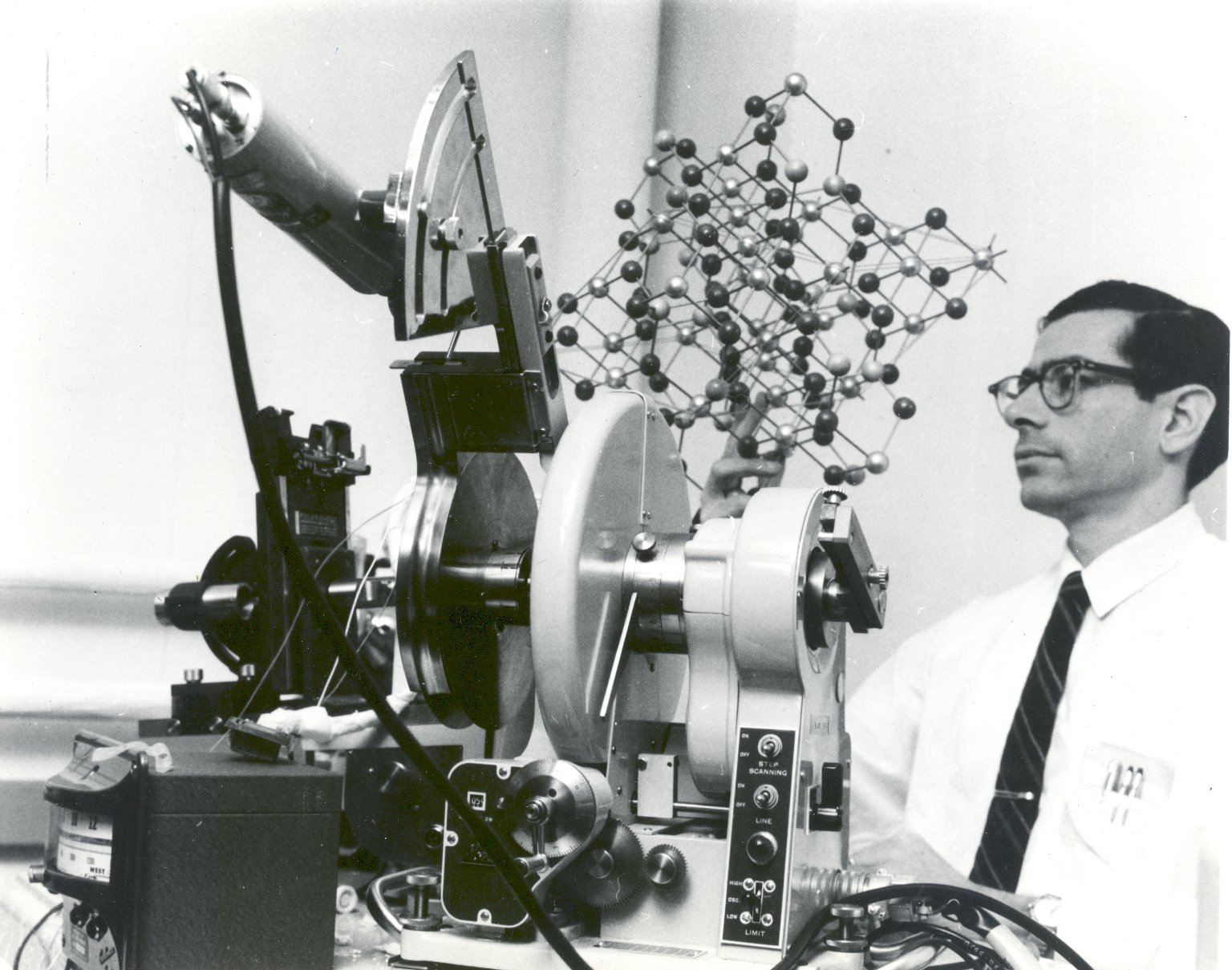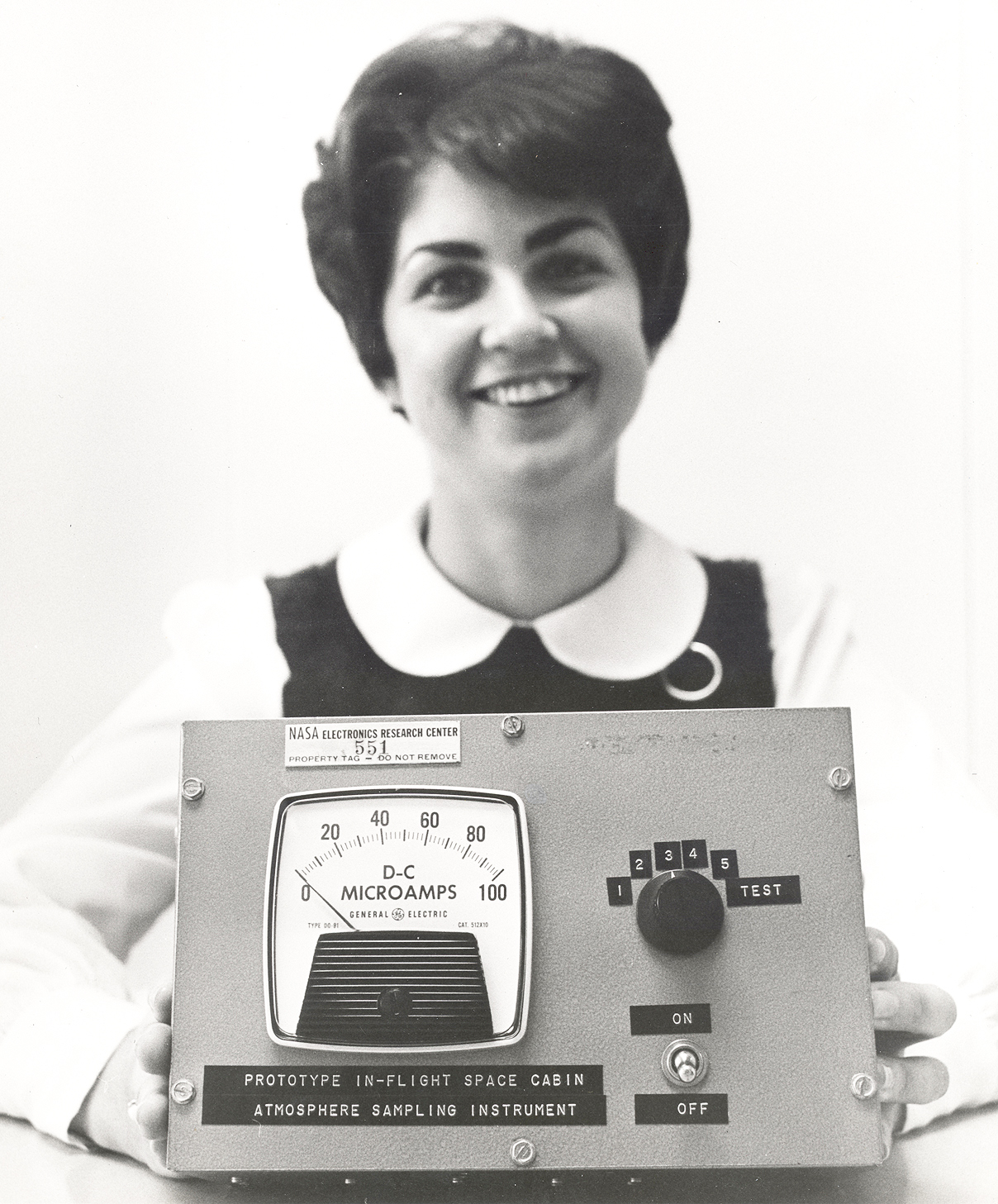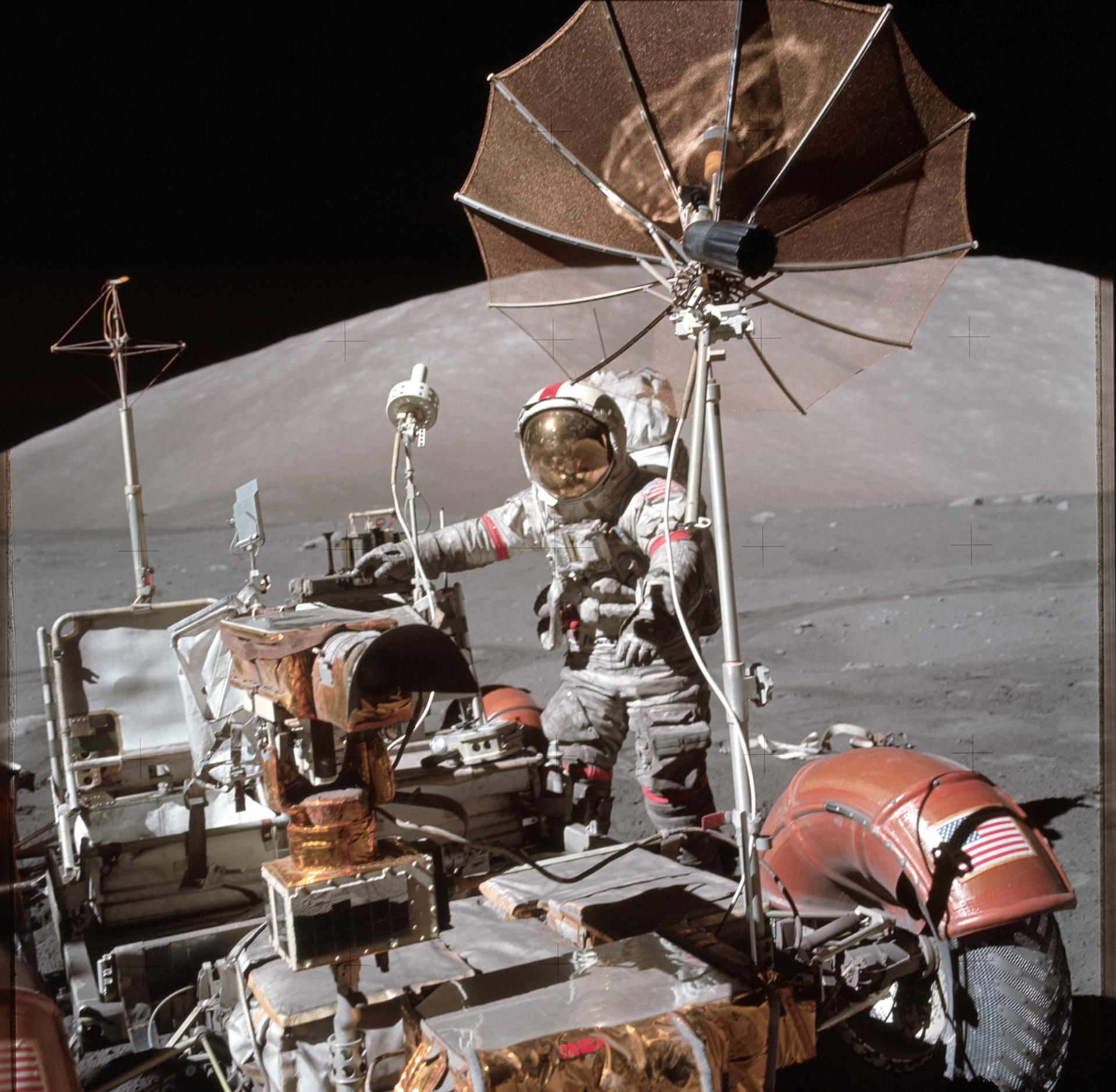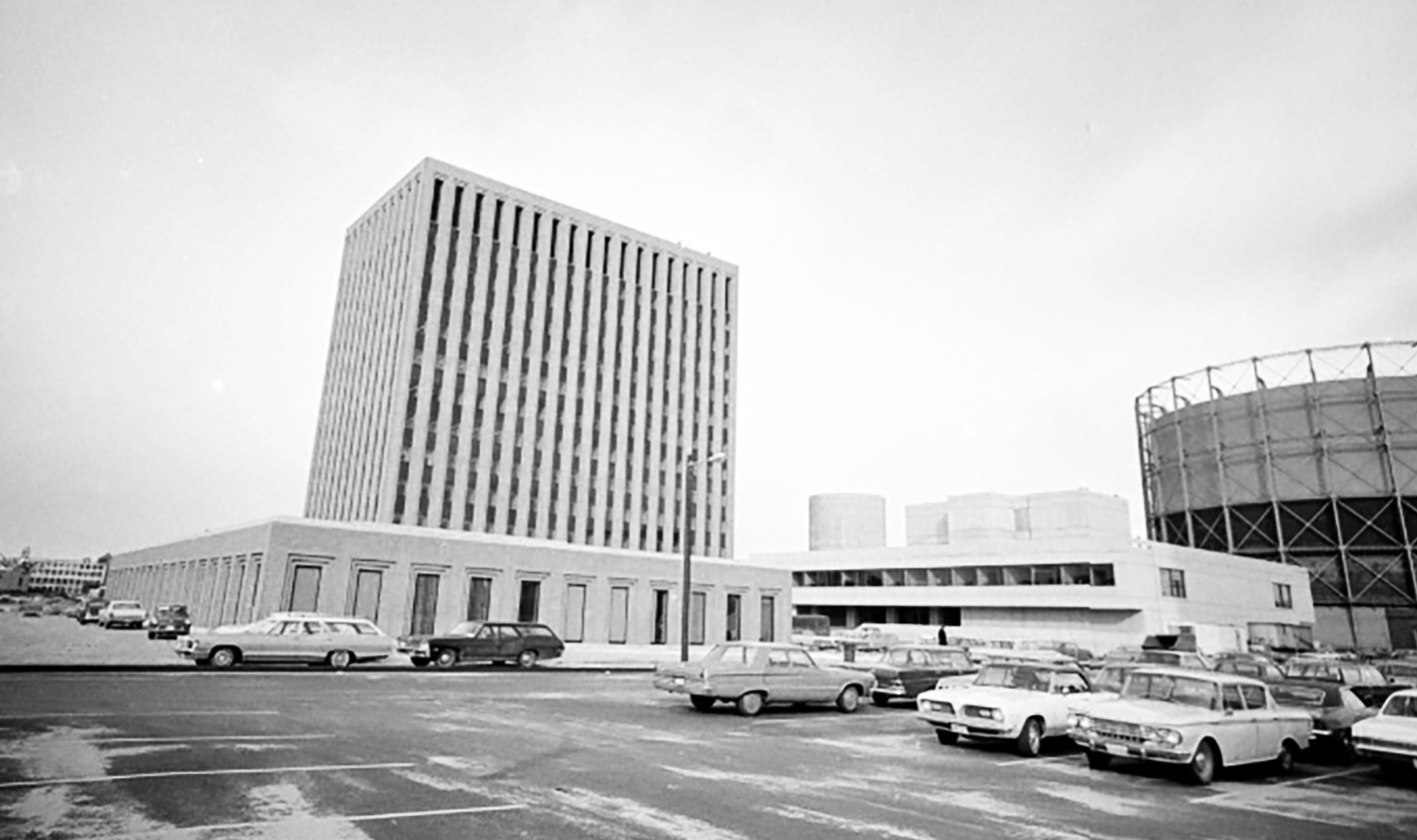
NASA’s Electronics Research Center
NASA created the Electronics Research Center in Massachusetts to develop electronics for the space program and improve coordination with universities and industry working in the field. The center performed an array of research before agency budget reductions led to it closure in 1970.
The Electronics Research Center (ERC) was established at Cambridge, Massachusetts in September 1964 to improve NASA’s electronics research capabilities for the space program. The agency had previously relied on existing electronic technologies from industry and universities. The ERC complex consisted of ten laboratories used to study instrumentation, communications, data processing, navigation, guidance, and control. Its 850-person staff authored nearly 300 technical reports on a wide array of aerospace topic in just six years. The center, which was politically contentious from the beginning, was closed in 1970 due to NASA budget cutbacks. The ERC is the only NASA center to be closed.
Electronics Research Center History
By Andrew Butrica
NASA’s Electronics Research Center (ERC), was located in Cambridge, MA, across the street from MIT at Kendall Square (formerly Technology Square). The ERC opened in September 1964, taking over the administration of contracts, grants, and other NASA business in New England from the antecedent North Eastern Operations Office (created in July 1962), and closed in June 1970. It served to develop the space agency’s in-house expertise in electronics during the Apollo era. A second key function was to serve as a graduate and post-graduate training center within the framework of a regional government-industry-university alliance. The ERC was just as important a NASA field center as the Langley Research Center or the Marshall Space Flight Center. By fiscal year 1968, NASA planned for the ERC to be employing 1,600 professional and technical workers plus another 500 in administrative and support positions.
- ERC Site Selection Materials (1963-1964)
- NASA Eye’s Hanscom for New ERC article
- Electronics Research Center Mission press release (1963)
- ERC Fiscal Year 1964 Budget Estimates
The location of the ERC allowed it to take advantage of the close proximity to MIT and (to a lesser extent) Harvard, MIT Lincoln Laboratory, the Air Force Cambridge Research Laboratory, and the electronics industry located along Route 128. At the time, the technical, industrial, and commercial aspects of microelectronics were ascendant, especially in the Boston-Cambridge technopolis.
Research at the ERC was conducted in ten different laboratories: space guidance, systems, computers, instrumentation research, space optics, power conditioning and distribution, microwave radiation, electronics components, qualifications and standards, and control and information systems. Researchers investigated such areas as microwave and laser communications; the miniaturization and radiation resistance of electronic components; guidance and control systems; photovoltaic energy conversion; information display devices; instrumentation; and computers and data processing.
Selected Research Reports
- ERC Computer-Aided Circuit Design Seminar (1967)
- Future Aspects of Supersonic Transport Navigation (1967)
- Requirements Placed on Electron Tubes for Space Applications (1967)
- Automatic Control Theory in Helicopter Manual Control System Synthesis (1968)
- Development of an Optical Pilot Warning Indicator System (1969)
- Color Television Systems using Single Gun Color Cathode Ray Tube Patent (1971)
Although no publication to date has investigated the nature of the research or professional training conducted at the ERC, an internal NASA publication lists a few accomplishments identified with the center in passing. These included a high-frequency (30 GHz) oscillator, a miniaturized tunnel-diode transducer, and a transistor more tolerant of space radiation. “One particularly interesting development,” the source added, “has been in the area of holography. At the Electronics Research Center, holography has been used for data storage, and has permitted a remarkable degree of data compression in the storing of star patterns.” Dr. Winston Kock’s book “Lasers and Holography: An Introduction to Coherent Optics” indicates some of the facility’s contributions, such as Lowell Rosen’s improvement of so-called focused-image holography.
The Electronics Research Center was at the heart of political controversy from the start. The conception, siting, and shutting down of the ERC is an engaging political tale. President Kennedy and Webb kept the project out of the budget process until after Ted Kennedy’s successful first election to the Senate. His campaign slogan had promised that he could “do more for Massachusetts.” After the President belatedly put the ERC project in the budget process, Congress rebelled. In addition to Republican members, Representatives from the Midwest and other regions feeling swindled out of the NASA largesse repeatedly fought efforts to fund the ERC. The issue split the Congress along both party and regional lines (Murphy). As a result, the ERC had the most deliberated and defended existence and siting of any NASA Center.
Although the only Center ever closed, the ERC actually grew while NASA eliminated major programs and cut staff. Between 1967 and 1970, NASA cut permanent civil service workers at all Centers with one exception, the ERC, whose personnel grew annually. Hardest hit by the cuts had been the Marshall Space Flight Center, whose future was then the subject of agency debate.
NASA Administrator James Webb, more than any other individual, shaped the ERC. Webb saw it as fulfilling a broader mission as part of the nation’s Cold War struggle on the economic and intellectual battleground of the Space Race. The ERC was an archetype for Webb’s regional “university-industry-government complex” analogous to the military-industrial complex, organized because Webb believed that no single institution had the requisite resources to fight this war. The ERC’s training of critically needed engineers and scientists served the same Cold War aim.
Coda
Few, even within NASA, are aware of the ERC story. This is perhaps due to its late incorporation into the agency, its short lifespan, or the esoteric nature of the research. The histories that have considered the ERC tend to cover only a portion of its story, usually the politics surrounding its creation or closure and not the center’s research activities.
Additional ERC History Materials
- ERC Selected Bibliography
- ERC Webpage by the NASA Office of Logic Design
- NASA’s ERC – We Hardly Knew Ye presentation (2005)
- The ERC and Its Relationship with Industry talk (1965)
- ERC Sections from Emme’s Preliminary History of NASA (1969)
Also see Andrew Butrica’s 2002 American Institute of Aeronautics and Astronautics (AIAA) paper, “The Electronics Research Center – NASA’s little known venture into aerospace electronics.”
NASA Centers and Facilities History
Read more about the history of NASA's ten centers and auxiliary facilities.
Learn More



























